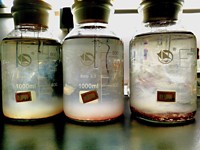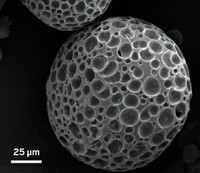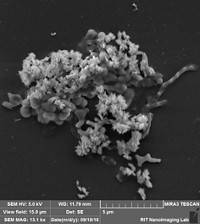Advertisement
Grab your lab coat. Let's get started
Welcome!
Welcome!
Create an account below to get 6 C&EN articles per month, receive newsletters and more - all free.
It seems this is your first time logging in online. Please enter the following information to continue.
As an ACS member you automatically get access to this site. All we need is few more details to create your reading experience.
Not you? Sign in with a different account.
Not you? Sign in with a different account.
ERROR 1
ERROR 1
ERROR 2
ERROR 2
ERROR 2
ERROR 2
ERROR 2
Password and Confirm password must match.
If you have an ACS member number, please enter it here so we can link this account to your membership. (optional)
ERROR 2
ACS values your privacy. By submitting your information, you are gaining access to C&EN and subscribing to our weekly newsletter. We use the information you provide to make your reading experience better, and we will never sell your data to third party members.
Pollution
Chemistry In Pictures
Chemistry in Pictures: Plastic snack
by Deirdre Lockwood and Carmen Drahl
July 10, 2018

Polystyrene—most familiarly produced as foams, including Styrofoam—has given the world cheap, lightweight insulation and containers for taking food to go. But the material biodegrades so slowly that it can sit in a landfill for hundreds of years. Scientists are working on a potential solution: Mealworms will dine on polystyrene foam when they can’t get a better meal. Gut bacteria within the worms convert up to 48% of what they eat into carbon dioxide. However, it’s not a perfect solution. The rest of the products— styrene monomers or otherwise—haven’t been identified. And the bacteria don’t completely digest their plastic meals, even after several weeks . Partially-degraded plastic can be as much of a problem as the intact stuff.
Credit: Environ. Sci. Technol.2015, DOI: 10.1021/acs.est.5b02661
Do science. Take pictures. Win money. Enter our photo contest here.
Related C&EN Content:





Join the conversation
Contact the reporter
Submit a Letter to the Editor for publication
Engage with us on Twitter